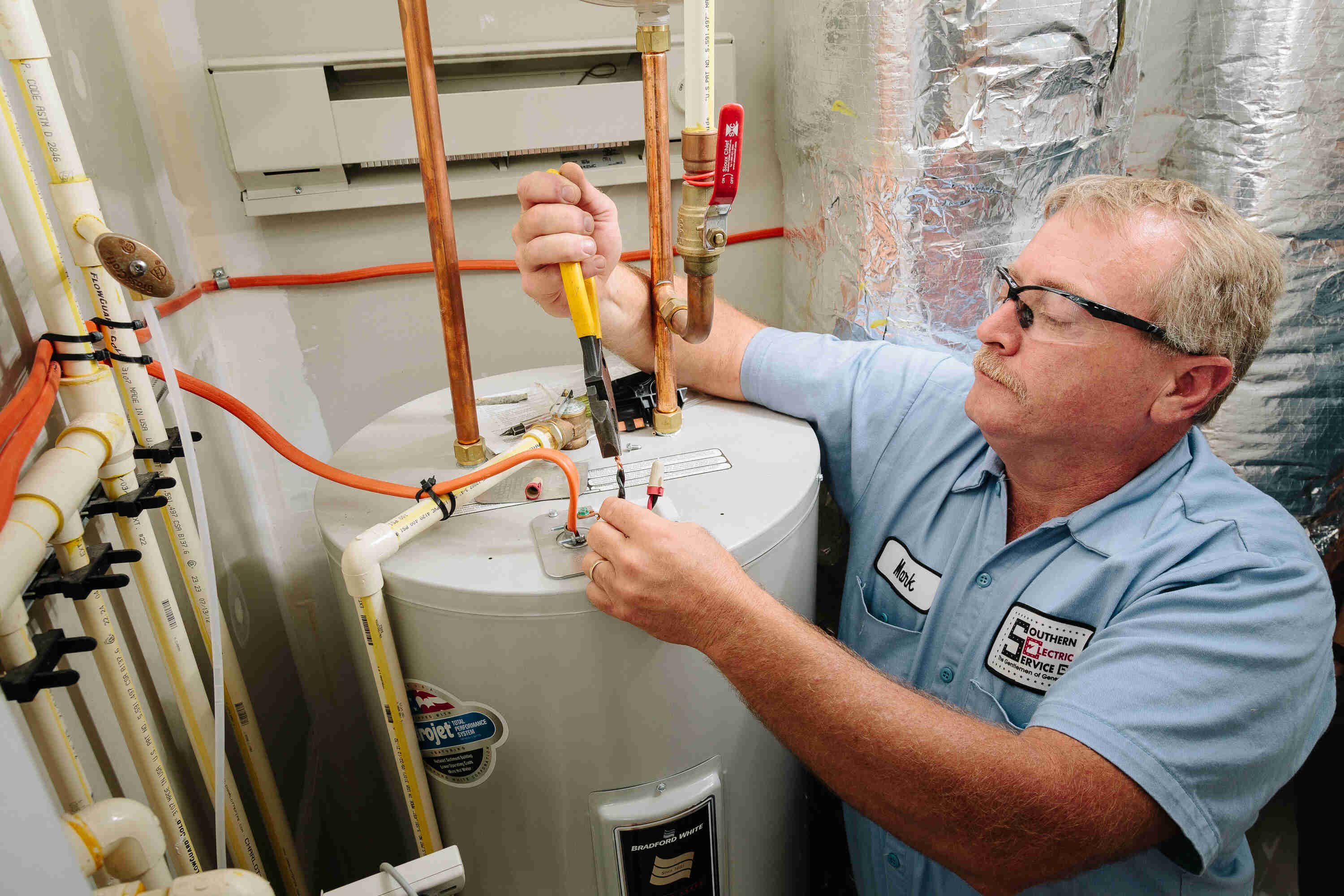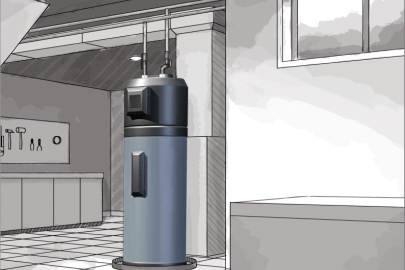The article down below in relation to What Kind of Maintenance Do Water Heaters Need? is relatively insightful. Read on and make your own conclusions.

Hot water is crucial for day-to-day comfort, whether it's for a rejuvenating shower or washing dishes. To ensure your warm water system runs effectively and lasts longer, regular maintenance is vital. This write-up supplies useful tips and understandings on exactly how to maintain your home's warm water system to avoid disturbances and expensive fixings.
Introduction
Maintaining your home's warm water system might appear difficult, but with a couple of basic steps, you can guarantee it operates efficiently for years ahead. This guide covers whatever from recognizing your hot water system to do it yourself maintenance pointers and knowing when to call professional assistance.
Importance of Preserving Your Warm Water System
Routine upkeep not only prolongs the life expectancy of your warm water system but additionally ensures it operates successfully. Overlooking maintenance can cause decreased effectiveness, greater power bills, and also early failing of the system.
Indicators Your Hot Water System Requirements Upkeep
Knowing when your hot water system requires focus can protect against major problems. Watch out for indicators such as inconsistent water temperature, odd noises from the heating unit, or corroded water.
Understanding Your Hot Water System
Prior to diving right into upkeep tasks, it's practical to understand the basic elements of your warm water system. Commonly, this includes the water heater itself, pipes, anode poles, and temperature level controls.
Monthly Maintenance Tasks
Routine regular monthly checks can assist capture minor problems before they intensify.
Purging the Hot Water Heater
Purging your hot water heater gets rid of debris build-up, improving efficiency and prolonging its life.
Checking and Replacing Anode Rods
Anode rods prevent corrosion inside the storage tank. Inspecting and replacing them when worn out is essential.
Examining and Changing Temperature Settings
Adjusting the temperature settings ensures optimal performance and security.
DIY Tips for Maintenance
You can carry out several maintenance jobs on your own to maintain your warm water system in leading problem.
Looking for Leaks
On a regular basis check pipes and connections for leaks, as these can result in water damage and higher costs.
Examining Stress Relief Valves
Evaluating the stress relief valve ensures it functions appropriately and protects against extreme pressure accumulation.
Protecting Pipes
Shielding warm water pipes reduces warmth loss and can conserve power.
When to Call a Professional
While do it yourself upkeep is useful, some issues call for professional know-how.
Complicated Issues Calling For Expert Help
Instances include major leaks, electric problems, or if your hot water heater is constantly underperforming.
Routine Specialist Maintenance Perks
Professional upkeep can include detailed assessments, tune-ups, and guaranteeing conformity with safety and security requirements.
Conclusion
Normal maintenance of your home's warm water system is important for performance, durability, and expense financial savings. By complying with these pointers and understanding when to look for expert aid, you can guarantee a reputable supply of hot water without unforeseen disturbances.
How to Maintain an Instant Hot Water Heater
Before tinkering with your hot water heater, make sure that it’s not powered on. You also have to turn off the main circuit breaker and shut off the main gas line to prevent accidents. Also turn off the water valves connected to your unit to prevent water from flowing into and out of the appliance. 2. When you’re done, you have to detach the purge valves’ caps. These look like the letter “T†and are situated on either side of the water valves. Doing so will release any pressure that has accumulated inside the valves while at the same time avoid hot water from shooting out and burning your skin. 3. When the purge valves’ caps are removed, you have to connect your hosing lines to the valves. Your unit should have come with three hoses but if it didn’t, you can purchase these things from any hardware or home repair shops. You can also get them from retail stores that sell water heating systems. Read the user’s manual and follow it to complete this task properly. When the hosing lines are connected, open the purge port’s valves. 4. You should never use harsh chemical cleaners or solutions when cleaning your unit. Make use of white vinegar instead. It should be undiluted and you’ll probably use about 2 gallons. 5. Now flush your water heater. This task should probably take about 40 minutes. We can’t give you specific directions for this because the procedure is carried out depending on the type, model and brand of your heater. With that being said, refer to the user’s manual. 6. When you’re done draining the unit, you have to turn off the purge port valves again. Remove the hosing lines that you earlier installed on each of the water valves. Put the valve caps (purge port) back in their respective places and be very careful so as not to damage the rubber discs that are found inside these caps. 7. Now that everything’s back in place, check your user’s manual again to find out how to reactivate your water heating system. 8. Once it is working, turn one of your hot water faucets on just to let air pass through the heater’s water supply pipes. Leave the tap on until water flows smoothly out of it. https://www.orrplumbing.com/blog/2014/september/how-to-maintain-an-instant-hot-water-heater/

Hopefully you enjoyed reading our section on Tips For Maintaining Your Hot Water Heater. Thanks for finding the time to read our short article. Enjoyed reading our posting? Please share it. Let others discover it. Thank you for your time. Return soon.
Get Your Estimate Now